Home>Home Appliances>Bathroom Appliances>Why Is My Hair Dryer Not Turning On
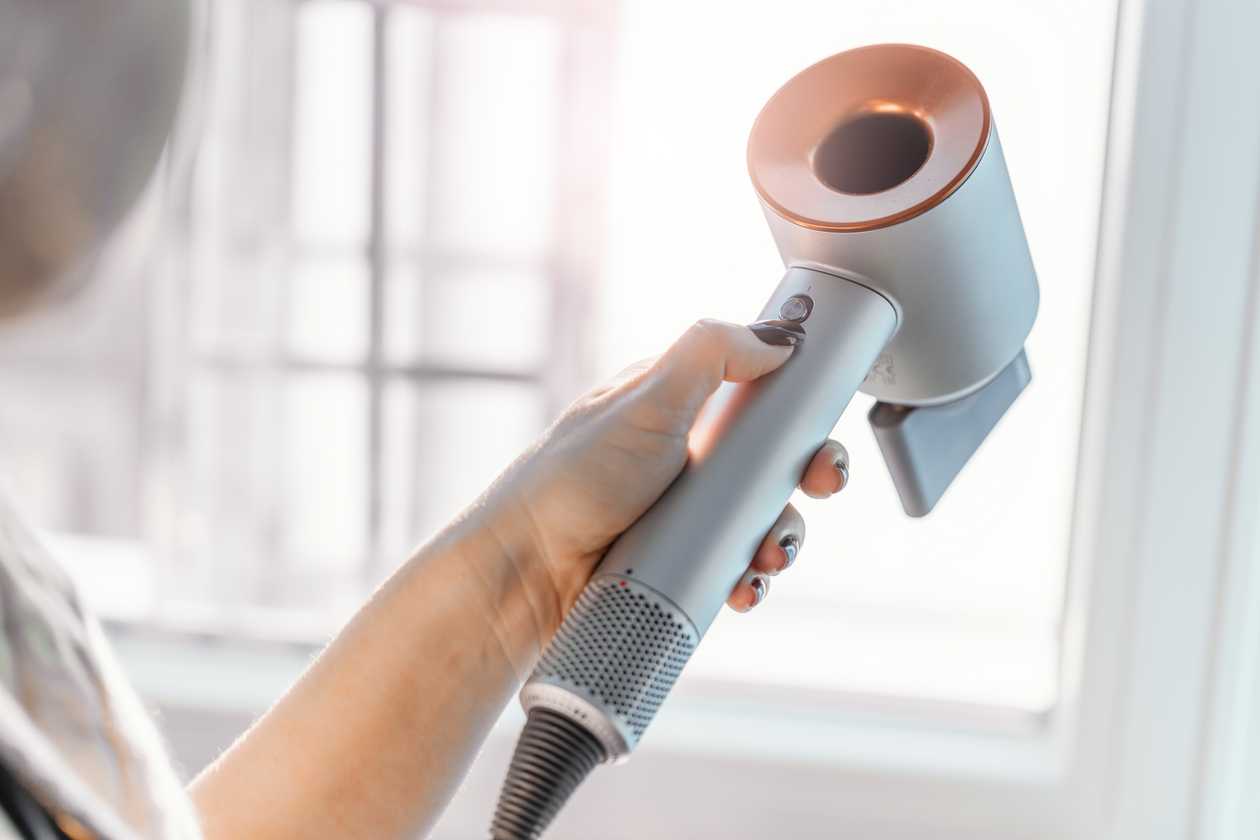

Bathroom Appliances
Why Is My Hair Dryer Not Turning On
Modified: August 17, 2024
Discover common reasons why your bathroom appliances, like hair dryers, may not turn on. Find solutions to fix the issue and get your hair dryer working again.
(Many of the links in this article redirect to a specific reviewed product. Your purchase of these products through affiliate links helps to generate commission for Storables.com, at no extra cost. Learn more)
Introduction
Have you ever found yourself in the frustrating predicament of reaching for your trusty hair dryer, only to discover that it refuses to spring to life? The exasperating silence that follows the flick of the switch can be a disheartening experience, especially when you're pressed for time. Before resigning yourself to the idea of an expensive replacement, take heart in the fact that there are several potential reasons why your hair dryer may not be turning on. By delving into the following troubleshooting steps, you may uncover a simple solution that could revive your hair dryer and save you from the inconvenience of seeking a new one. Let's embark on this journey to unravel the mystery behind your silent hair dryer and restore it to its former glory.
Key Takeaways:
- Troubleshooting your hair dryer not turning on? Start by checking the power source, power cord, on/off switch, thermal fuse, and motor for potential issues. Safety first, and happy styling!
- Don’t panic if your hair dryer won’t turn on! Check the power source, inspect the power cord, examine the on/off switch, test the thermal fuse, and check the motor for potential solutions. Happy troubleshooting!
Read more: Why Is My Dyson Hair Dryer Not Turning On
Check the Power Source
Before delving into the internal components of your hair dryer, it’s crucial to rule out the possibility of a faulty power source. Start by ensuring that the power outlet you’re using is functional. Plug another device into the same outlet to verify if it’s delivering power. If the alternate device fails to turn on, the issue likely lies with the power outlet itself. In this case, you may need to reset the circuit breaker or check the fuse box to address the power supply problem. Conversely, if the alternate device functions properly, the power outlet can be ruled out as the source of the hair dryer malfunction.
Another aspect to consider is the voltage requirements of your hair dryer. If you’ve recently traveled to a location with a different voltage system, such as from the United States to Europe, and attempted to use your hair dryer without a voltage converter, the appliance may have sustained damage due to the voltage disparity. Always verify that your hair dryer is compatible with the voltage of the location you’re in to prevent potential damage.
Furthermore, inspect the power cord for any signs of damage, such as fraying or exposed wires, which could impede the flow of electricity to the hair dryer. If any such damage is detected, refrain from using the hair dryer and consider replacing the power cord to ensure safe and reliable operation.
By diligently examining the power source and ensuring that the hair dryer is receiving the necessary electrical supply, you can eliminate external factors that may be contributing to the malfunction. Once the power source is confirmed to be intact, we can proceed to investigate the internal components of the hair dryer to identify and rectify the underlying issue.
Inspect the Power Cord
The power cord of your hair dryer plays a pivotal role in delivering electricity from the power source to the internal components of the appliance. Over time, the power cord can endure wear and tear, potentially leading to malfunctions. To assess the condition of the power cord, begin by unplugging the hair dryer from the power source and examining the entire length of the cord for any visible damage.
Look for signs of fraying, cuts, or exposed wires, as these issues can pose serious safety hazards and result in the hair dryer failing to turn on. If any damage is detected, it’s imperative to refrain from using the hair dryer until the power cord is either professionally repaired or replaced. Attempting to use a hair dryer with a compromised power cord not only jeopardizes your safety but also risks causing further damage to the appliance.
In addition to visual inspection, gently run your fingers along the length of the power cord to feel for any abnormalities, such as areas of pronounced wear or irregularities. If you notice any inconsistencies, it’s advisable to discontinue use of the hair dryer and address the power cord issue promptly to prevent potential electrical hazards.
Moreover, ensure that the power cord is securely connected to the hair dryer. A loose or improperly connected power cord can impede the flow of electricity to the appliance, resulting in operational issues. Verify that the connection is snug and free from any obstructions that may hinder the transmission of power.
By meticulously examining the power cord for any signs of damage and confirming that it is securely connected, you can mitigate the risk of electrical mishaps and potentially identify the cause of the hair dryer’s reluctance to turn on. If the power cord appears to be in good condition and properly connected, we can proceed to investigate other potential factors contributing to the malfunction.
Examine the On/Off Switch
The on/off switch of your hair dryer serves as a pivotal control mechanism, enabling you to activate or deactivate the appliance with ease. However, prolonged use and general wear can lead to issues with the on/off switch, potentially resulting in the hair dryer failing to turn on. To assess the functionality of the on/off switch, begin by unplugging the hair dryer from the power source to ensure safety during the inspection.
Inspect the on/off switch for any visible signs of damage or irregularities. Look for indications of wear, such as a loose or wobbly switch, which may impede its ability to effectively engage or disengage the electrical circuit within the hair dryer. If the switch appears to be loose or exhibits signs of wear, it may require professional attention or replacement to restore proper functionality.
Furthermore, debris or dust accumulation around the on/off switch can hinder its operation. Gently clean the area surrounding the switch using a soft, dry cloth to remove any potential obstructions. Be cautious not to introduce moisture into the internal components of the hair dryer during the cleaning process.
If the on/off switch is part of a multi-setting control panel that allows for varying heat and speed adjustments, ensure that all the settings are functioning correctly. Test each setting to verify that the switch accurately activates the corresponding functions. If any of the settings fail to engage, it may indicate an issue with the switch or the internal circuitry of the hair dryer.
After thoroughly examining the on/off switch and ensuring that it is free from damage and obstructions, reconnect the hair dryer to the power source and attempt to turn it on. If the hair dryer remains unresponsive, the issue may lie elsewhere within the appliance, prompting further investigation into potential causes of the malfunction.
By meticulously scrutinizing the on/off switch and confirming its proper operation, you can eliminate a potential source of the problem and move closer to identifying the underlying issue preventing your hair dryer from turning on. If the on/off switch appears to be in good condition and functioning as intended, we can proceed to explore additional troubleshooting steps to pinpoint the cause of the malfunction.
Check the power source and make sure the outlet is working. If the outlet is fine, the issue may be with the hair dryer’s cord or internal components. Try using a different outlet or consider getting the hair dryer repaired.
Test the Thermal Fuse
The thermal fuse is a crucial safety feature incorporated into many hair dryers to prevent overheating and potential fire hazards. However, if the thermal fuse becomes faulty or is triggered due to excessive heat, it can interrupt the electrical circuit and cause the hair dryer to cease functioning. To assess the status of the thermal fuse, it’s essential to proceed with caution and adhere to safety protocols throughout the inspection.
Begin by unplugging the hair dryer from the power source and allowing it to cool down completely, ensuring that it is at room temperature before proceeding with the examination. Locate the thermal fuse, which is typically positioned within the internal circuitry of the hair dryer, and carefully inspect it for any visible signs of damage, such as discoloration or a ruptured appearance. If the thermal fuse exhibits any irregularities, it may need to be replaced to restore the proper functionality of the hair dryer.
Using a multimeter set to the continuity or resistance function, test the thermal fuse to determine if it is effectively conducting electricity. Place the multimeter probes on each terminal of the thermal fuse and observe the reading on the multimeter display. If the multimeter indicates infinite resistance or no continuity, it signifies that the thermal fuse has blown and is interrupting the electrical flow, thereby preventing the hair dryer from turning on.
If the thermal fuse is determined to be faulty or non-functional, it is crucial to replace it with a compatible thermal fuse rated for the specific temperature and electrical requirements of the hair dryer. Exercise caution and refer to the manufacturer’s guidelines or seek professional assistance when replacing the thermal fuse to ensure the safe and proper reinstatement of this critical safety component.
Upon replacing the thermal fuse, reconnect the hair dryer to the power source and attempt to turn it on. If the hair dryer resumes normal operation, the replacement of the thermal fuse has likely rectified the issue, allowing you to once again enjoy the functionality of your revitalized hair dryer.
By meticulously testing the thermal fuse and ensuring its proper functionality, you can address a potential safety concern and potentially restore the operational capability of your hair dryer. If the thermal fuse appears to be in good condition and functions as intended, we can proceed to explore additional diagnostic steps to uncover the root cause of the hair dryer’s reluctance to turn on.
Read more: Why Is My Dwarf Hair Grass Turning Brown
Check the Motor
The motor serves as the powerhouse of your hair dryer, driving the airflow and heat production essential for its functionality. A malfunctioning motor can lead to the hair dryer failing to turn on or operating at suboptimal performance levels. To assess the condition of the motor, it’s important to conduct a thorough inspection while adhering to safety precautions.
Begin by unplugging the hair dryer from the power source and allowing it to cool down if it has been recently used. Once the hair dryer is safe to handle, carefully remove the external casing to access the internal components, including the motor. Inspect the motor for any visible signs of damage, such as burnt or frayed wires, which can indicate potential issues compromising its operation.
Next, check for obstructions within the motor assembly that may impede its rotation or inhibit the generation of airflow. Accumulated debris, dust, or foreign objects can hinder the motor’s functionality and lead to operational issues. Gently clean the motor and its surrounding components using a soft brush or compressed air to dislodge any obstructions and restore unimpeded movement.
If the motor emits unusual noises, such as grinding, rattling, or squealing sounds, it may indicate internal damage or worn bearings, necessitating professional attention or replacement. Anomalies in the motor’s sound can be indicative of impending failure and should be addressed promptly to prevent further damage to the hair dryer.
Furthermore, the motor’s electrical connections should be inspected to ensure they are secure and free from corrosion or damage. Loose or corroded connections can disrupt the flow of electricity to the motor, resulting in erratic operation or a complete failure to turn on.
After thoroughly examining the motor and addressing any identified issues, reassemble the hair dryer and reconnect it to the power source. Test the hair dryer to ascertain if the motor is functioning as intended. If the motor operates smoothly and the hair dryer turns on without issues, the inspection and potential maintenance procedures have likely resolved the problem.
By meticulously scrutinizing the motor and its associated components, you can identify and rectify potential sources of malfunction, potentially restoring the operational capability of your hair dryer. If the motor appears to be in good condition and functions properly, we can explore additional avenues to uncover the underlying cause of the hair dryer’s reluctance to turn on.
Conclusion
Embarking on the journey to troubleshoot and address the issue of a hair dryer that refuses to turn on can be a perplexing yet rewarding endeavor. By systematically investigating various potential causes of the malfunction, you’ve taken a proactive step toward revitalizing your hair dryer and extending its operational lifespan. Throughout this process, you’ve delved into critical aspects of the appliance, from the power source and power cord to the internal components such as the on/off switch, thermal fuse, and motor, in pursuit of a solution.
As you navigated through the troubleshooting process, you meticulously examined the power source, ensuring that the hair dryer received the necessary electrical supply to function optimally. You scrutinized the power cord, identifying and addressing any signs of wear or damage that could impede the flow of electricity and compromise safety. Additionally, you carefully examined the on/off switch, assessing its condition and operation to eliminate potential sources of the malfunction.
Furthermore, you ventured into the internal circuitry of the hair dryer, testing the thermal fuse to ensure its proper functionality and addressing any issues that could interrupt the electrical flow. Finally, you delved into the heart of the appliance, inspecting the motor and its associated components to identify and rectify potential sources of malfunction, ultimately striving to restore the hair dryer to its former operational glory.
As you conclude this troubleshooting journey, whether you’ve successfully revived your hair dryer or determined that professional intervention is necessary, your dedication to addressing the issue is commendable. Remember that the safety and proper functioning of your hair dryer are paramount, and seeking professional assistance when encountering complex or potentially hazardous issues is always advisable.
Armed with the knowledge gained from this troubleshooting expedition, you’re better equipped to navigate future challenges and maintain the optimal performance of your beloved hair dryer. Whether it’s a quick fix or a more intricate repair, the resilience and determination you’ve exhibited in troubleshooting your hair dryer serve as a testament to your resourcefulness and commitment to appliance care.
As you bid adieu to this troubleshooting endeavor, may your hair dryer spring back to life, ready to accompany you on countless styling adventures, and may your newfound expertise continue to serve you in maintaining the functionality of your cherished appliances.
Frequently Asked Questions about Why Is My Hair Dryer Not Turning On
Was this page helpful?
At Storables.com, we guarantee accurate and reliable information. Our content, validated by Expert Board Contributors, is crafted following stringent Editorial Policies. We're committed to providing you with well-researched, expert-backed insights for all your informational needs.
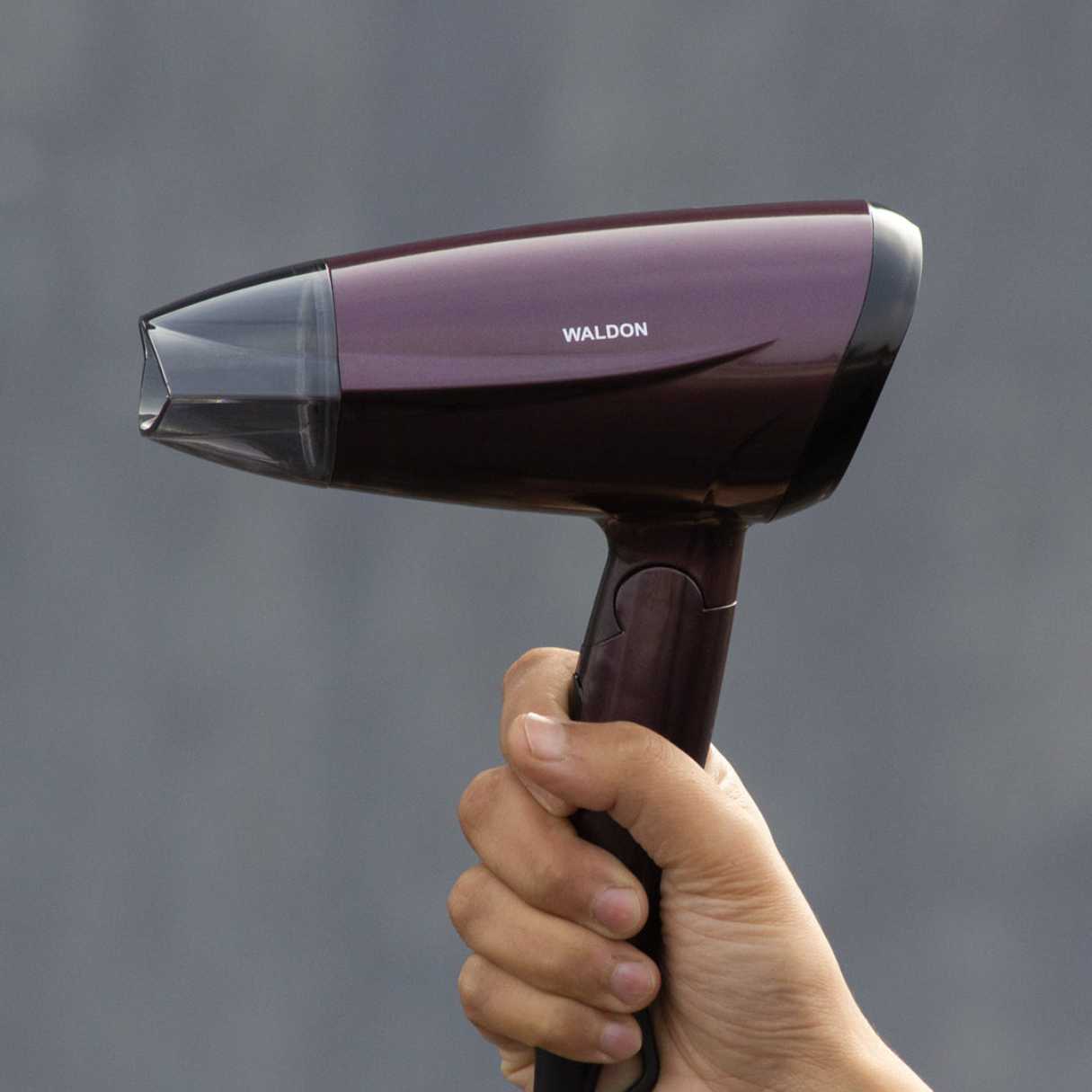
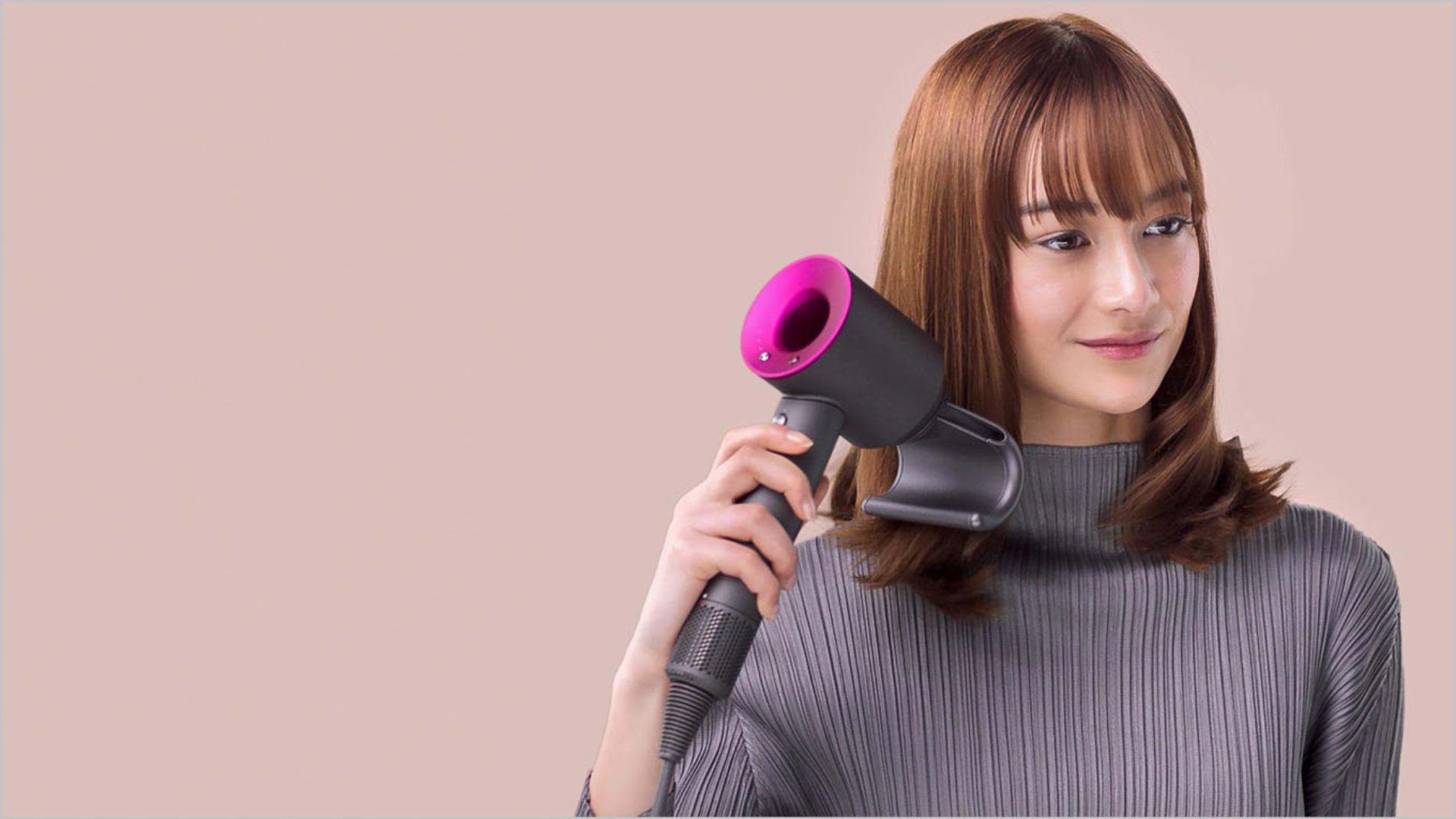
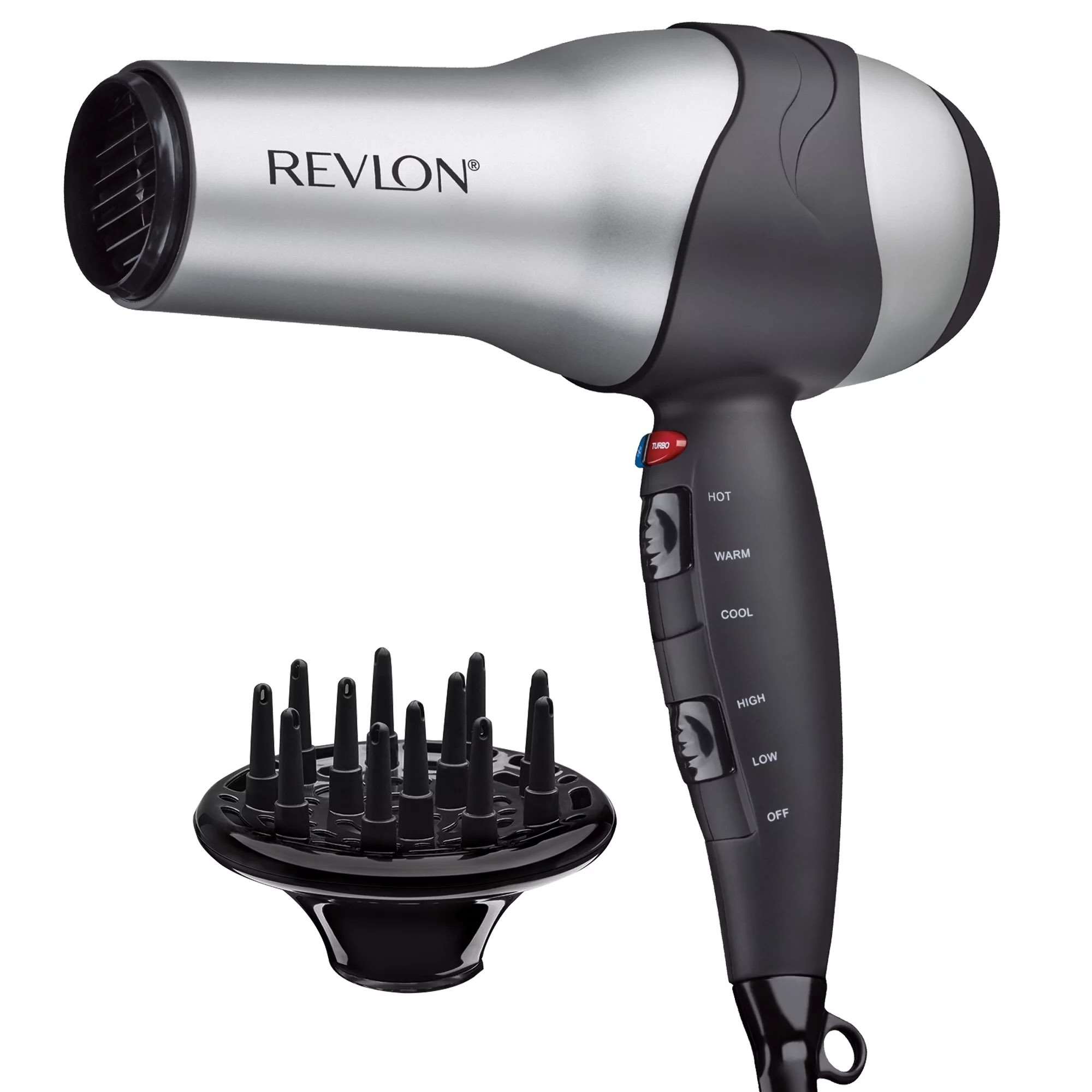
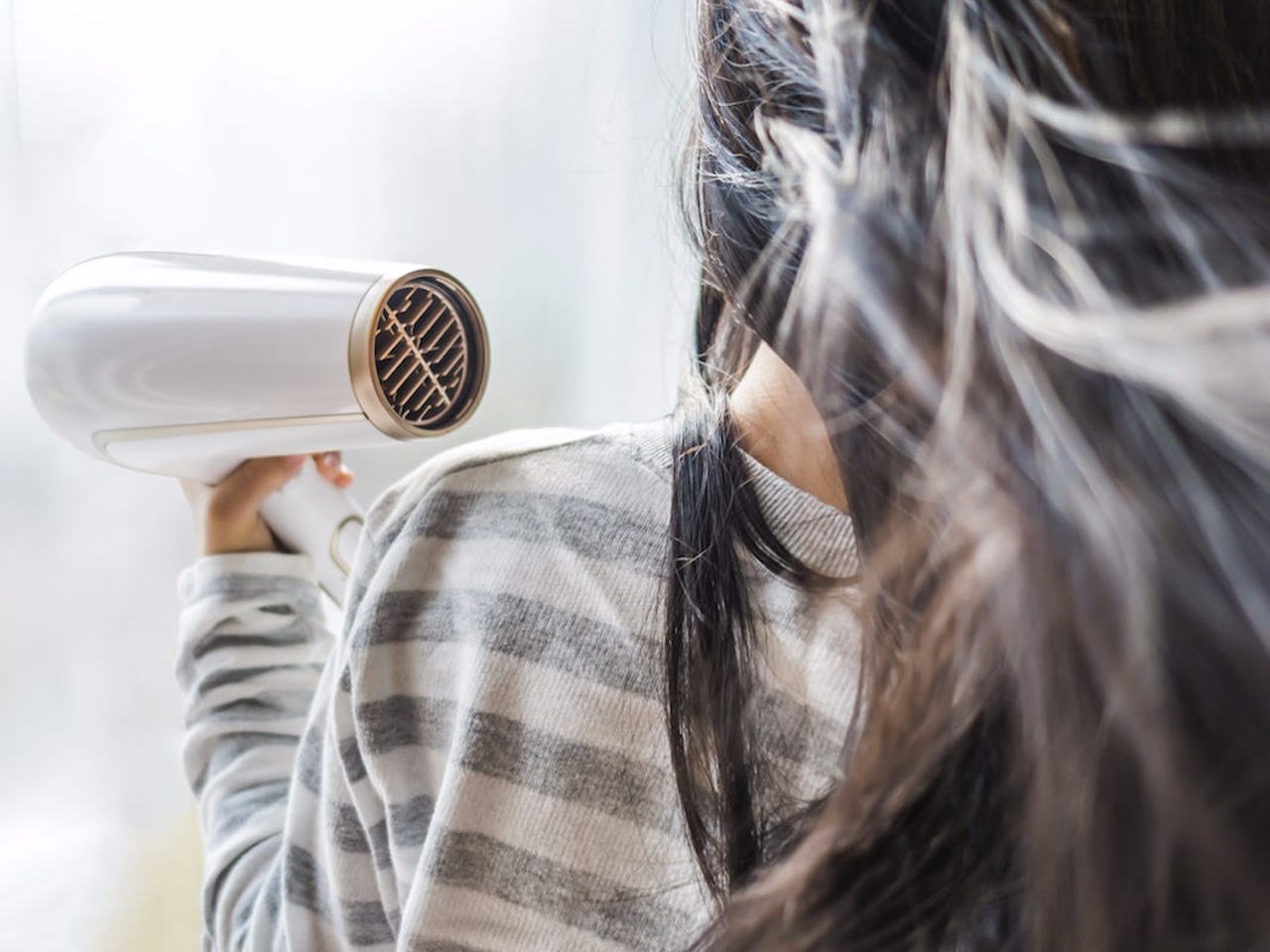
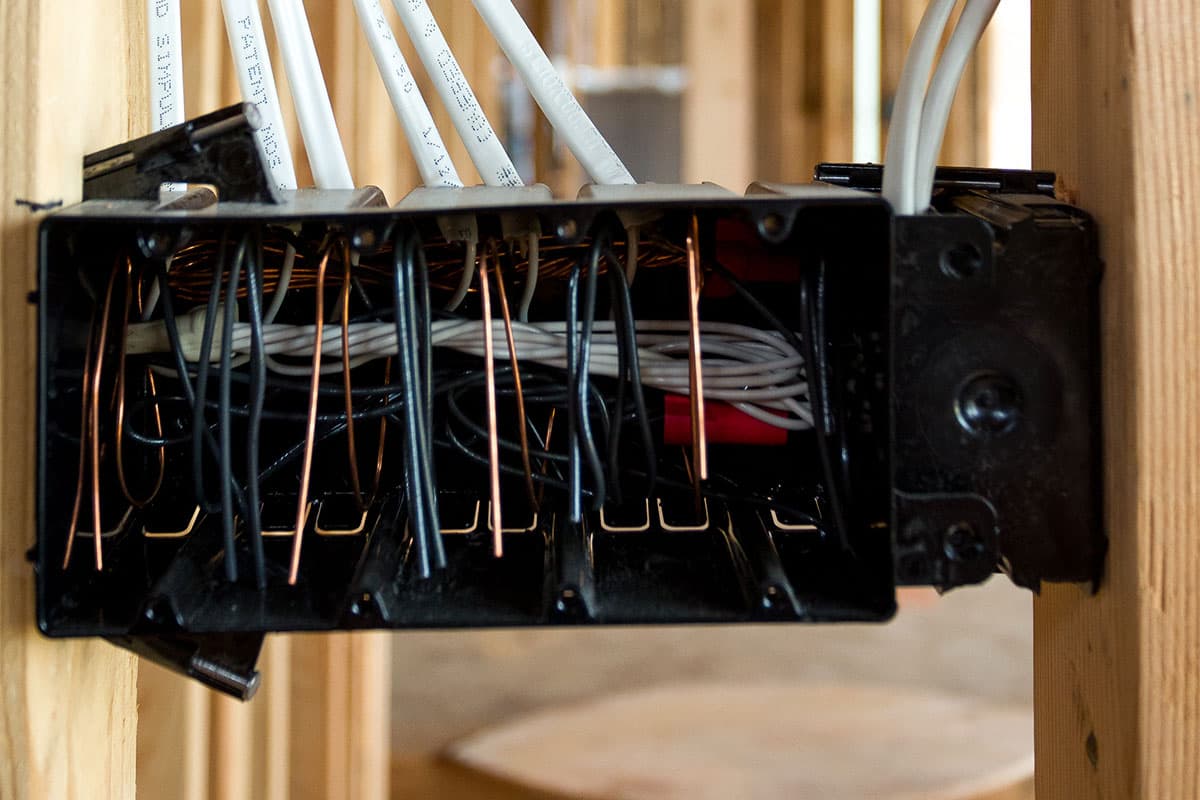
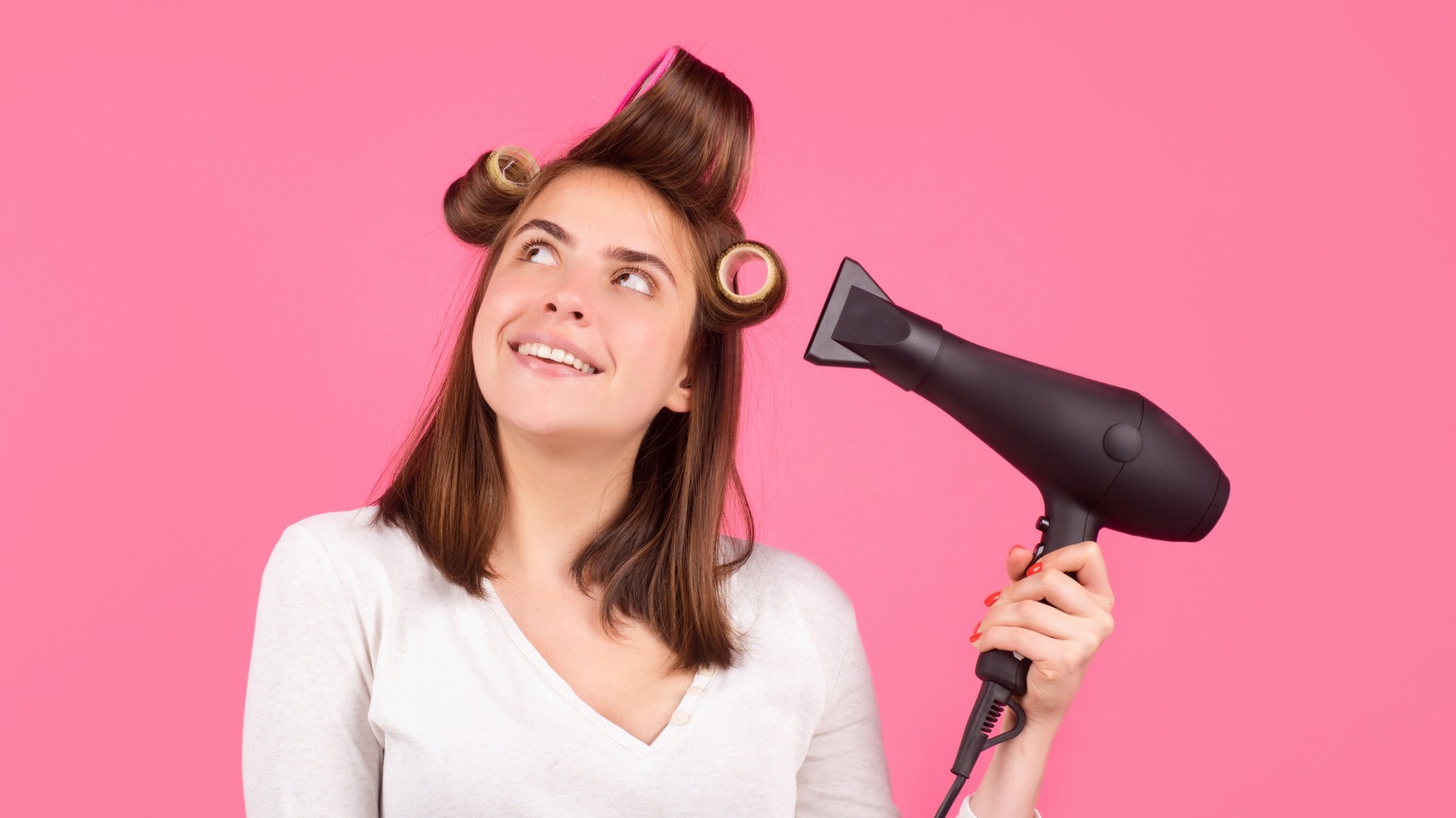
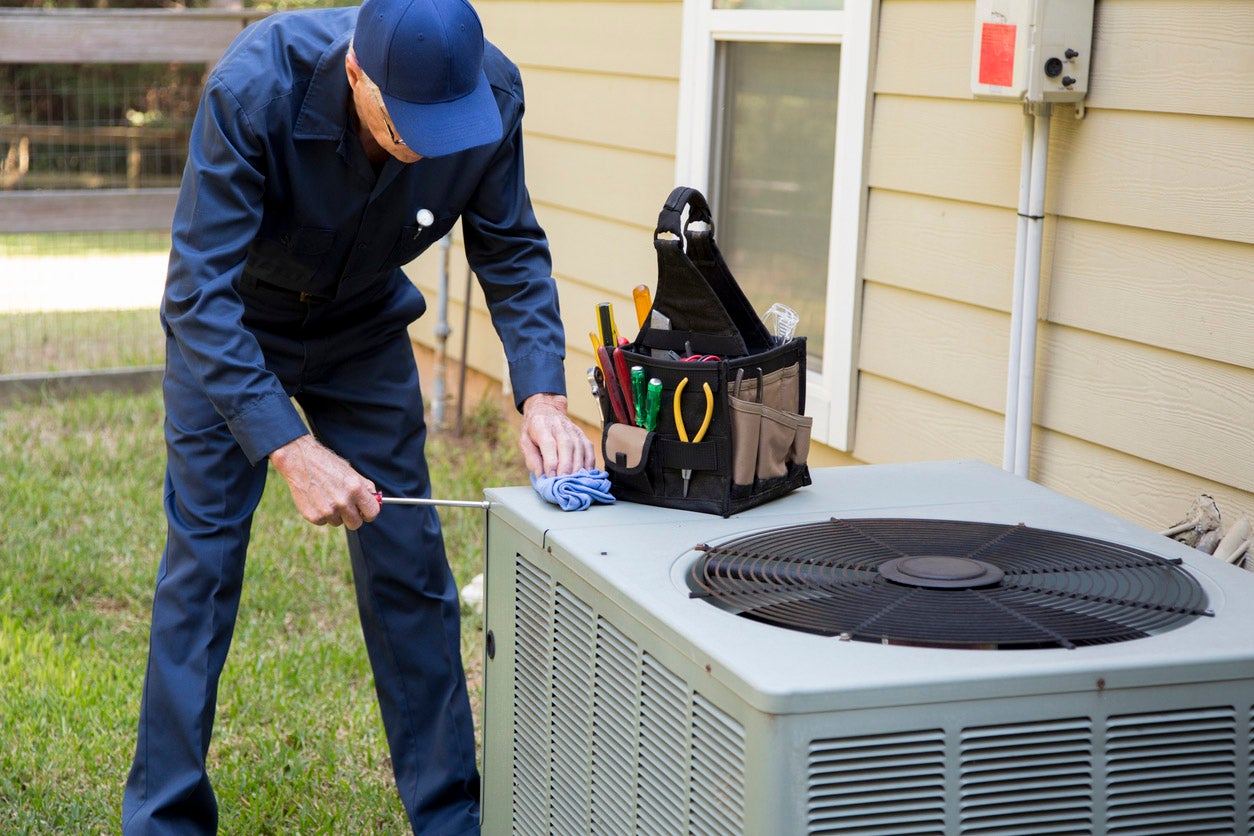
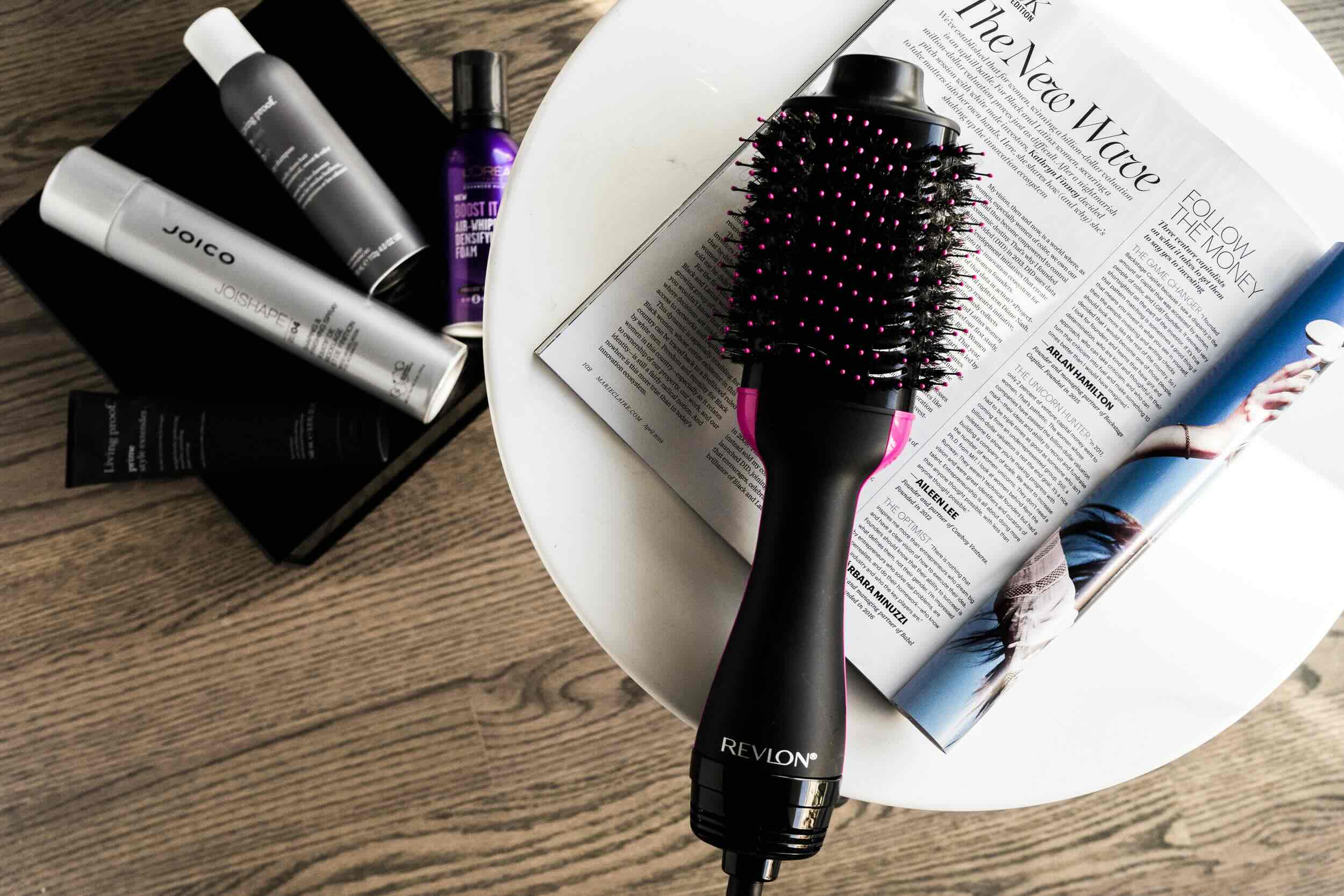
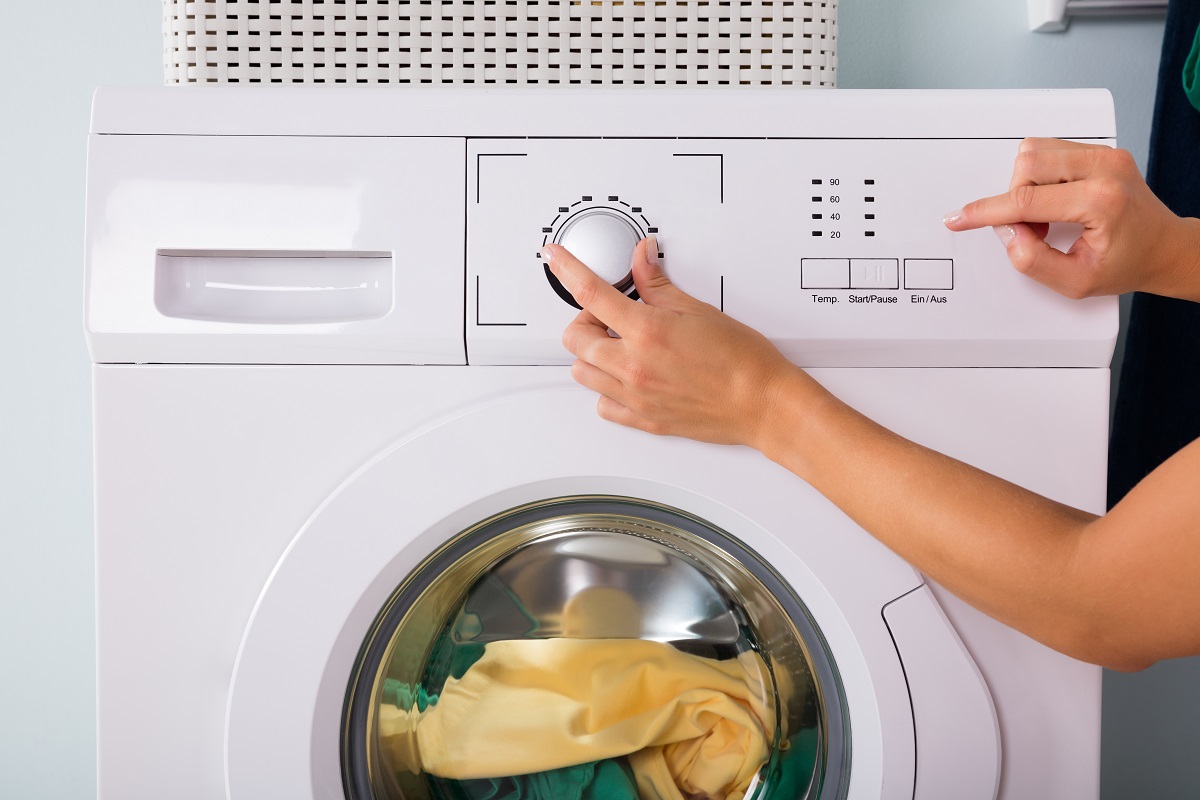
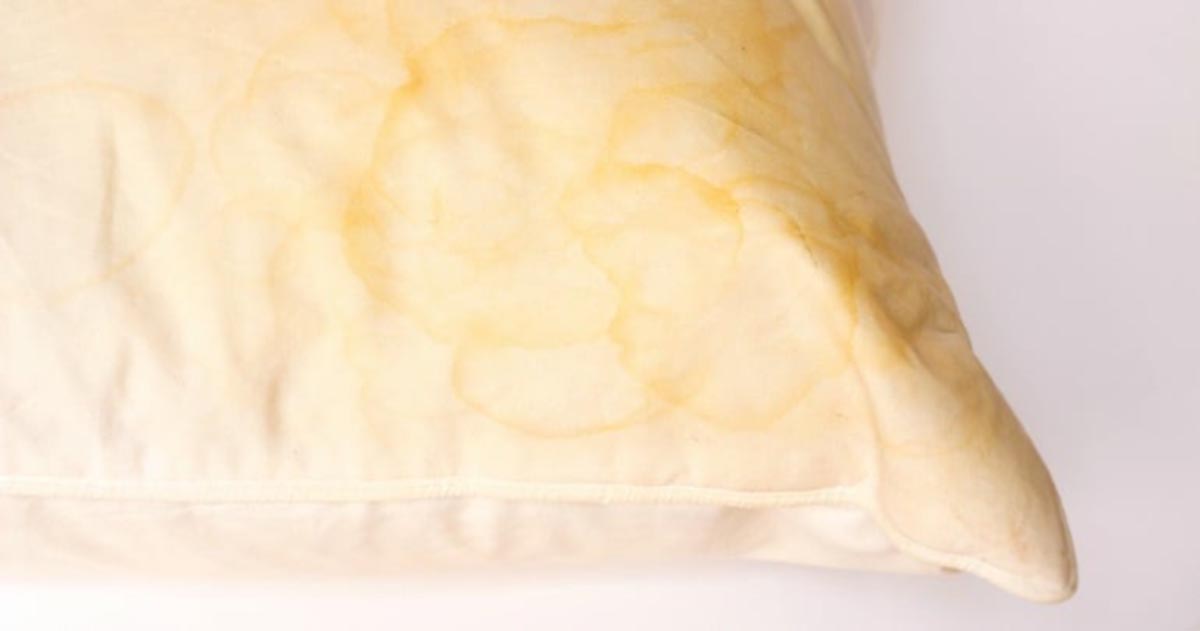
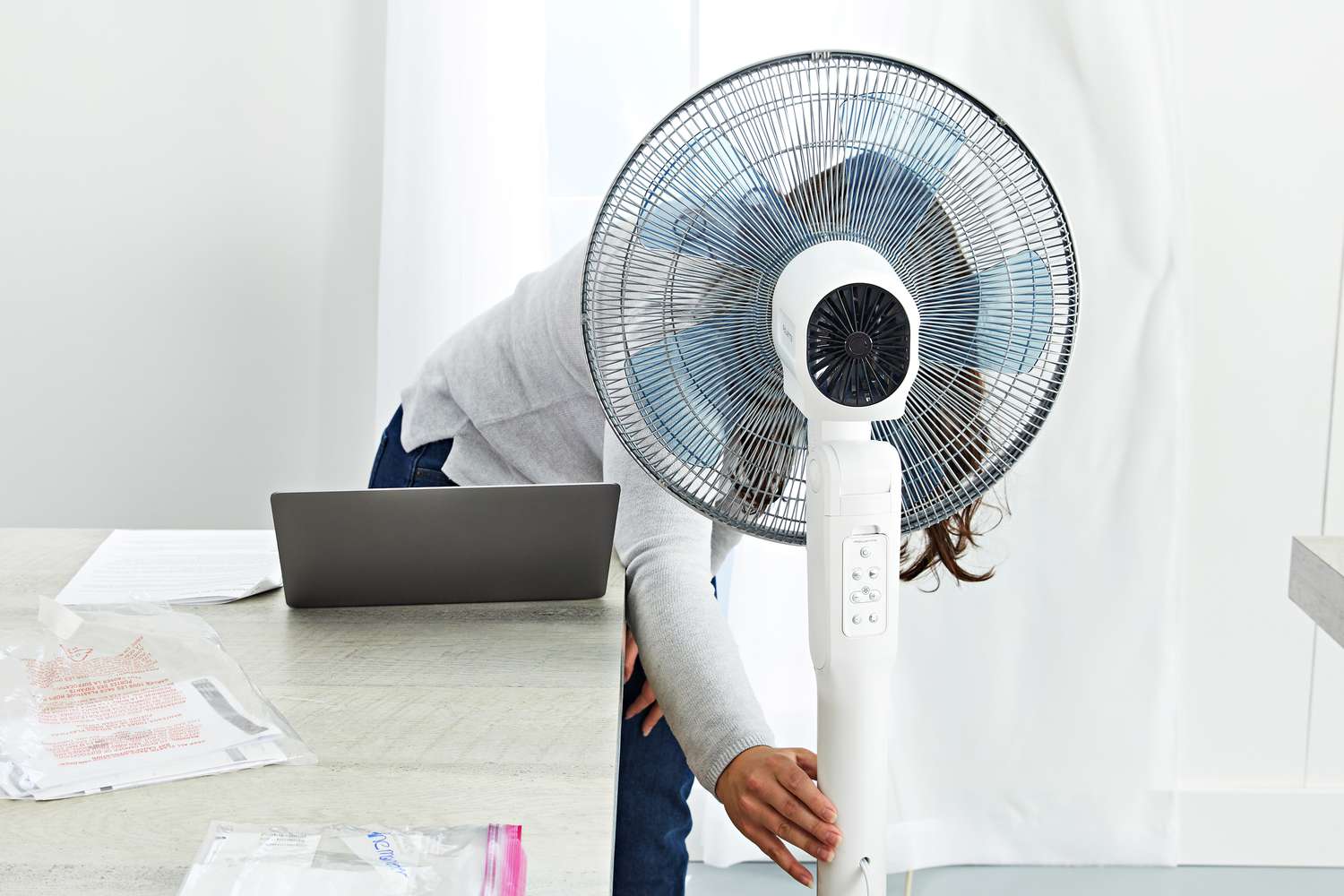
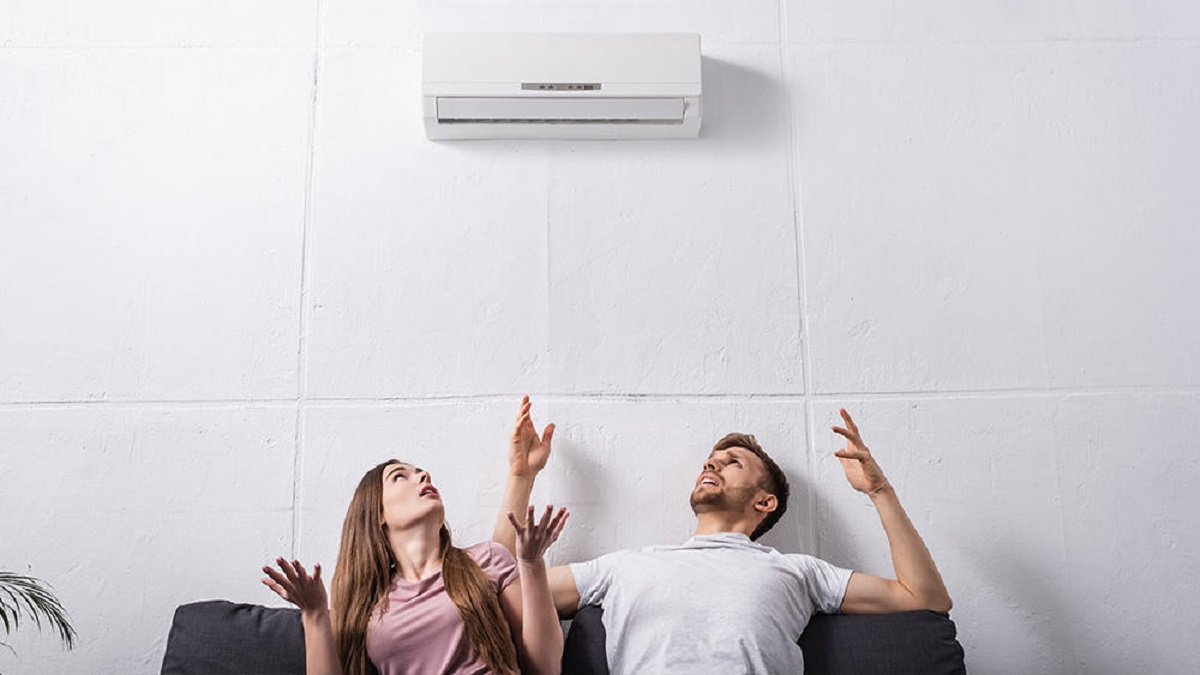
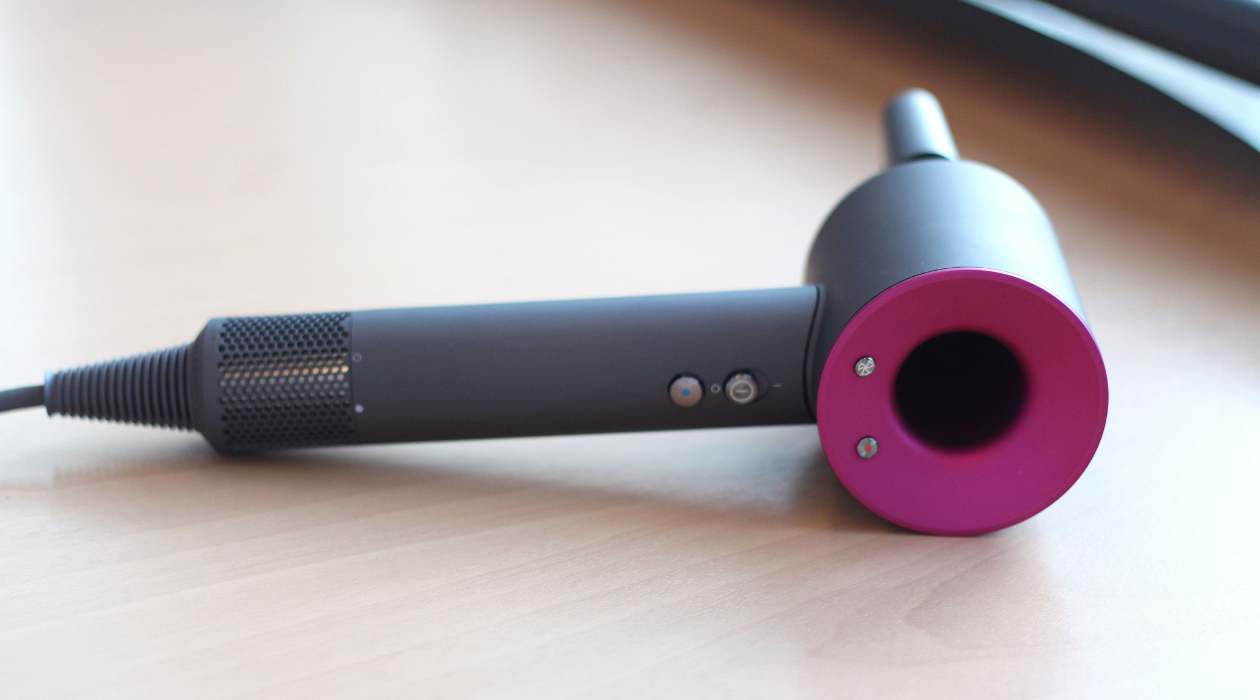
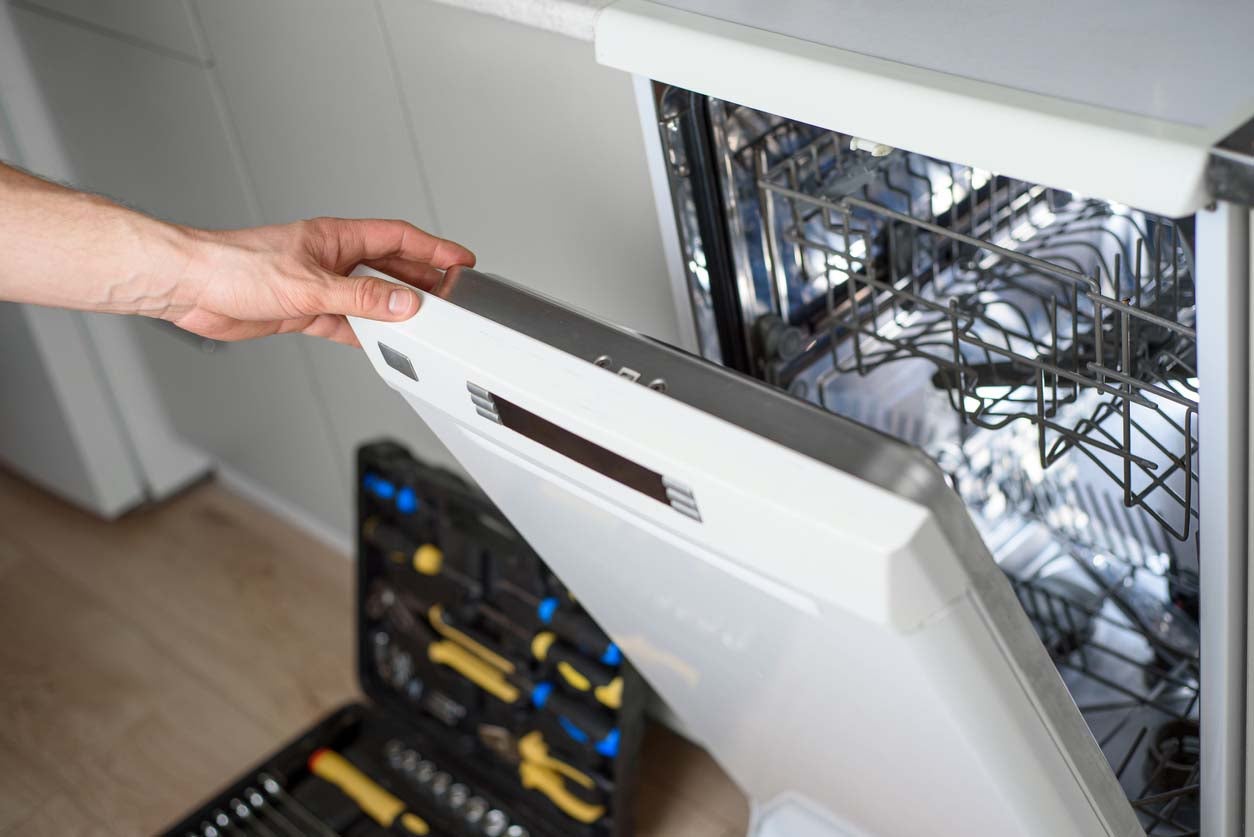

0 thoughts on “Why Is My Hair Dryer Not Turning On”